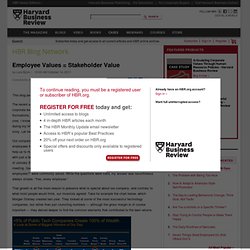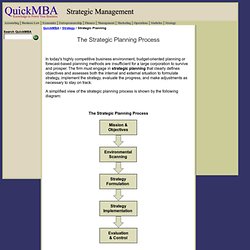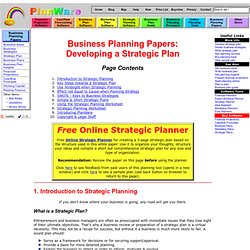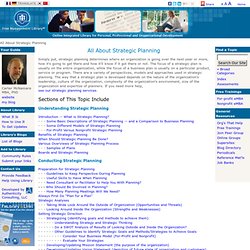

Competing for the Global Middle Class. In the 1920s, when Alfred P.

Sloan Jr. reorganized General Motors Company, he promised shareholders “a car for every purse and purpose.” Sloan tapped into a teeming middle-class market of Americans who couldn’t afford luxury cars, but nonetheless wanted product options far beyond the “any color so long as it’s black” Model T Ford. This immense U.S. middle-class cohort propelled GM past Ford into a leadership position among carmakers that lasted for the rest of the century. Today, leaders of multinational corporations have a similarly lucrative opportunity on a much bigger playing field: a global middle-class market. This worldwide economic phenomenon encompasses a huge customer base.
The middle class in each of these emerging economies has its own unique profile of demand. One such company may be China’s Haier Group. Haier is not the only company that has transformed itself to seek a share of the global middle-class market. Employee Values = Stakeholder Value - Lars Bjork. By Lars Bjork | 10:00 AM October 14, 2011 This blog post is part of the HBR Online Forum The CEO’s Role in Fixing the System.

The recent ups and downs of the global financial markets have placed a lot of scrutiny on CEOs, corporate boards and executive teams to deliver stakeholder value that can withstand the fluctuations. As a CEO leading a global U.S. -based software company that went public just last year, I know this well. And as a former CFO I also understand the preoccupation with numbers, but during my time as a CEO it has become clearer to me than ever, that numbers don’t tell the whole story. Our company, QlikTech, started out in Sweden 18 years ago. That growth is all the more reason to preserve what is special about our company, and contrary to what most people would think, our investors agreed. What Morgan Stanley saw was that successful companies share certain traits. What exactly does a great culture mean? Fwk-carpenter-fig05_017.jpg (JPEG Image, 720×673 pixels) - Scaled (87%) UBM strategy - UBM Annual Report and Accounts 2010. Our business model UBM seeks to help companies make connections, communicate their proposition and do business effectively.

We transfer the skills, knowledge and experience we gain in serving one community across and between markets, transferring best practice and innovation from one community to another, from one geography to another and from one product type to another. From one company to many, we enable the flow of information, directing messages and assessing their impact on specific audiences.
Community understanding As the graph in At a glance section highlights we operate in a variety of specialist communities which have attractive growth characteristics. Quality offering By having a broad range of quality services and products we can create an offering specifically designed to meet the needs of the community being served. Geographic diversity Business model UBM’s marketplace Top of page Our strategy 1. Events. 10 Clues to Opportunity. During their heyday in the late 19th and early 20th centuries, transatlantic cruise lines such as the Hamburg America Line and the White Star Line transported tens of millions of passengers between Europe and the United States.

By the 1960s, however, their business was being threatened by the rise of a disruptive new enterprise, namely, nonstop transatlantic flights. As it happened, the cruise ship lines had one potential strategy with which to save their business: vacation cruises. Starting in the 1930s, some of these lines had sailed to the Caribbean during the winter, thus using their boats when rough seas made the Atlantic impassable. And in 1964, when a new port was opened in Miami, Fla., the pleasure cruise business began to boom. But the great cruise lines missed this breakthrough opportunity. This article is featured in the strategy+business compendium “The Executive Guide to Strategy,” designed exclusively for smartphones and tablets. To download, select your device: 1. Strategic Plan Builder. The Strategic Planning Process. In today's highly competitive business environment, budget-oriented planning or forecast-based planning methods are insufficient for a large corporation to survive and prosper.

The firm must engage in strategic planning that clearly defines objectives and assesses both the internal and external situation to formulate strategy, implement the strategy, evaluate the progress, and make adjustments as necessary to stay on track. Strategic Plan Strategic Planning Business Strategy Strategic Planner Mission Statement Vision SWOTs Strategy Development. The Vision The first step is to develop a realistic Vision for the business.

This should be presented as a pen picture of the business in three or more years time in terms of its likely physical appearance, size, activities, structure, scale offerings etc. Answer the question: "if someone from Mars visited the business, what would they see (or sense)? " Consider its future products, markets, customers, processes, location, staffing etc. Here is a great example of a vision: I will come to America, which is the country for me. All About Strategic Planning. Simply put, strategic planning determines where an organization is going over the next year or more, how it's going to get there and how it'll know if it got there or not.

The focus of a strategic plan is usually on the entire organization, while the focus of a business plan is usually on a particular product, service or program. There are a variety of perspectives, models and approaches used in strategic planning.